WatchTime Wednesday: The Patek Philippe Seal
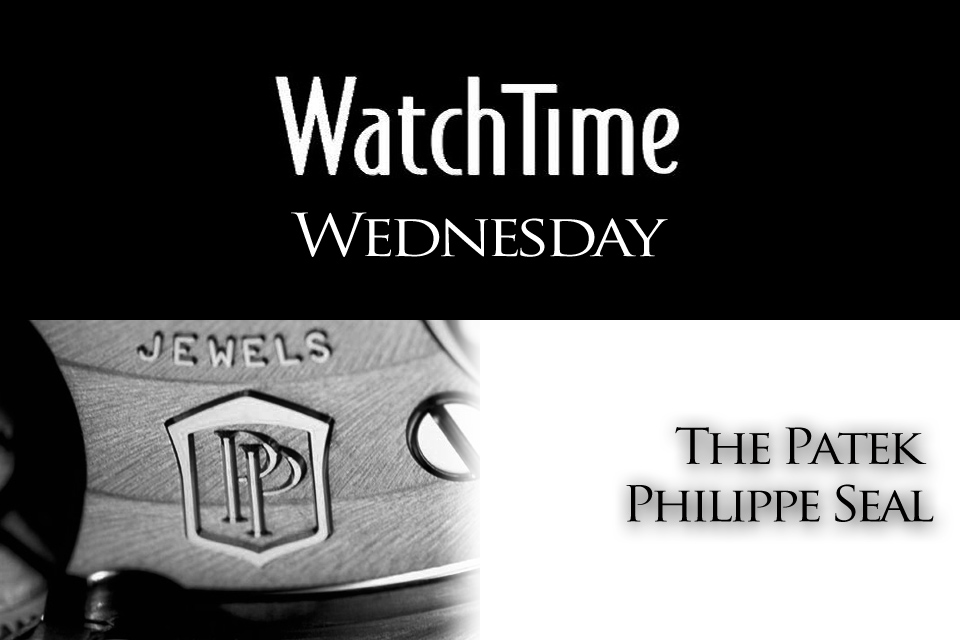
The Geneva Seal is certainly among the best testimony of the quality of a movement. It gives the assurance of a high degree of control, of precision, of hand-finishing and of beauty. For years the Geneva Seal was the recognition. But Patek Philippe, one of the most prestigious firms in the watch world, has thrown down a gauntlet to the Swiss watch industry. After 123 years, the Swiss brand replaced the Geneva Seal with a higher-standard seal of its own, the Patek Philippe Seal. If you want see closely to such a stamped movement, have a closer look to the review we made recently of the Patek Philippe 5496 Perpetual Calendar Retrograde.
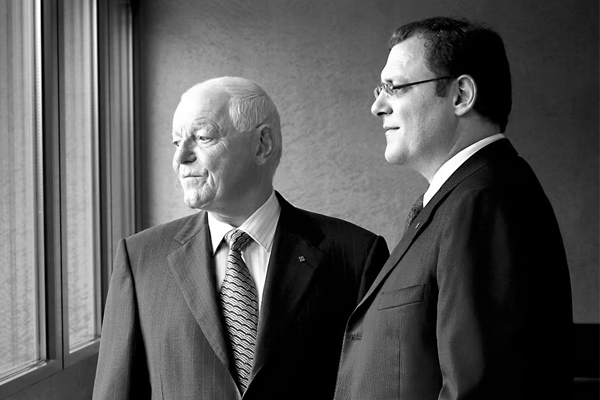
Patek Philippe has taken the unusual step of defining and codifying its own standard of excellence for a Swiss luxury watch and created its own quality mark ensuring that its watches have attained that quality. As a consequence, the firm has ended its 120-plus-year affiliation with the Geneva Seal quality mark. The company announced at the Baselworld exhibition in April 2009 that, starting that year, it will no longer submit its movements for inspection by the Geneva Seal Bureau. Instead, it will affix its own Patek Philippe Seal (an emblem with a double P) on its movements, testifying that they have met quality standards that the company claims are “the most exclusive and stringent” in the world.
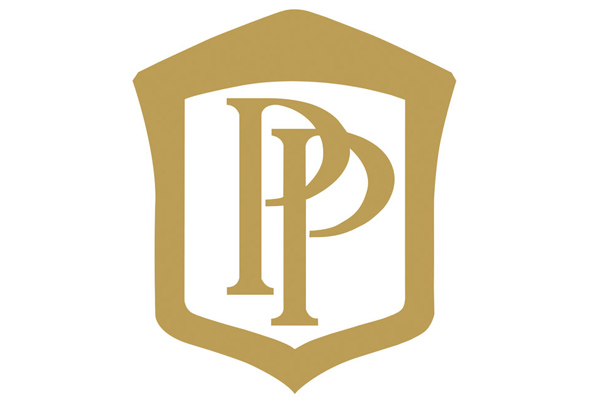
Patek’s break with the Geneva Seal is a dramatic about-face for the firm, which for years touted it as the watch industry’s highest assurance of quality. The seal was created in 1886 by the Canton of Geneva to protect the reputation of the Geneva watchmaking guild. The Poinçon de Genève, as it is called in French, established technical criteria for the quality of a movement produced in the canton. Only watches manufactured in the Canton of Geneva are eligible for the seal. An independent bureau inspects the movements and issues certificates of quality. Those that pass are stamped with the Geneva hallmark. Patek Philippe was a strong backer of the seal from the beginning. In a statement, Patek acknowledged that it “became the foremost ambassador of this quality label and contributed significantly to building its global reputation as one of the strictest benchmarks in the watchmaking industry.” Before the introduction of its own seal, all Patek Philippe mechanical watches carried the Geneva Seal; the firm has been by far its biggest user and promoter.
The decision to create an in-house seal is motivated, Patek sources say, by the concern of Patek Philippe management that the Geneva Seal is outdated because it lacks requirements for the performance of the movement. (In applying for the Geneva Seal, a firm may opt for a rate test, but it is not required.) The highly promoted use of the Geneva Seal in recent years by newcomers like Roger Dubuis and Cartier was also a factor in Patek’s decision to abandon the seal, other sources say. As a vertically integrated manufacture that makes nearly all its watch components, both internal and external, Patek feels the need to differentiate itself from current or future newcomers whose watches may qualify for the Geneva Seal but whose production standards do not rank with Patek’s.
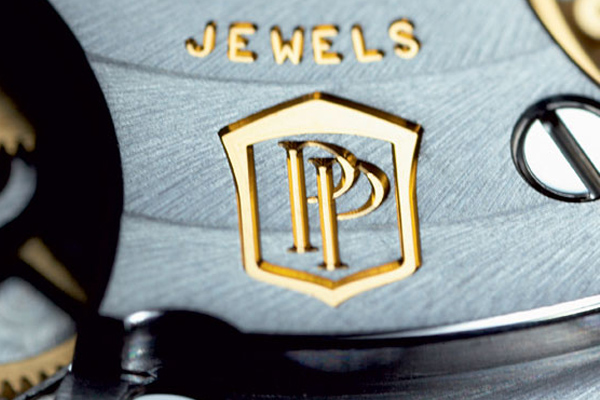
The decision to create its own seal was not made lightly; Patek executives say it has been discussed internally for five years. They say the firm urged the Geneva Seal Bureau to strengthen the requirements, which Patek now claims define only the minimum quality levels for a mechanical watch. When the Geneva Seal Bureau declined, Patek decided to go its own way.
The Patek Philippe Seal goes far beyond the requirements for the Geneva Seal and addresses the two major complaints about it: that its criteria deal only with the watch movement and that they are only concerned with movement materials and finishing, not rate performance. In its press release announcing its seal, Patek takes a clear shot at both the Geneva Seal and COSC, Switzerland’s independent chronometer testing body, both of which judge uncased movements, not complete watches.
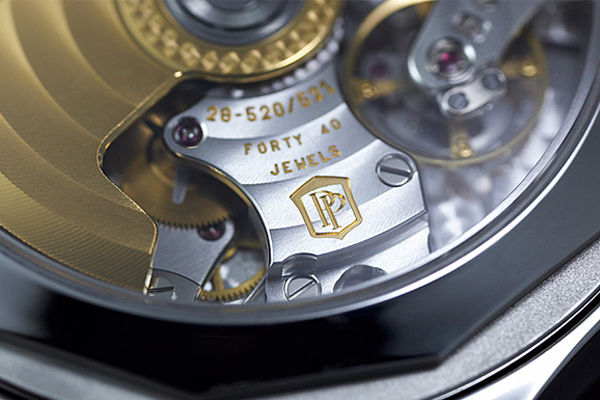
“It is indisputable,” Patek Philippe says, “that a hallmark of quality must apply to the whole watch. This fact called for a new seal that defines all competencies and features of relevance to the manufacture, precision, and lifelong maintenance of a Patek Philippe timepiece. The rules apply to all of the manufacture’s movements regardless of their complexity. It not only applies to the movements: it encompasses cases, dials, hands, pushers, spring bars for straps, etc., as well as the aesthetic and functional aspects of finished watches. Moreover, given that a Patek Philippe watch is first and foremost an instrument that measures time, the Patek Philippe Seal makes a binding statement regarding rate accuracy.”
Patek’s technical requirements are stricter than COSC’s. For calibers with diameters of 20 mm or more, the accuracy must be within -3 and +2 seconds per day. For calibers with diameters of less than 20 mm, the accuracy must be within -5 and +4 seconds per day. The requirements for tourbillon watches are even tighter. Patek will perform its rate tests in several phases of the manufacturing process. The final tests are conducted on fully assembled watches. And the Patek Philippe Seal is not only stamped on ultra high-end collections but also on the sports watches such as the Nautilus (two examples can be found here, in a full review of the Nautilus Chronograph 5980 or in the hands-on article about the 2014 Nautilus Travel Time Chronograph 5990)
What’s more, under the terms of its seal, Patek Philippe offers the watch industry’s first promise of lifetime service on the watch. The firm pledges that it will service and restore every watch it has made since its founding in 1839 in Geneva.
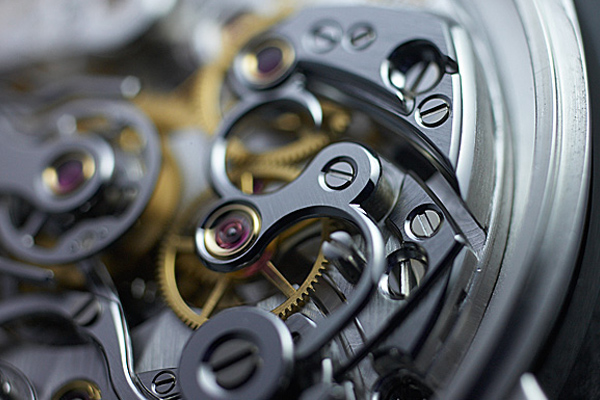
Patek’s announcement is an interesting document. It’s clear that owner and president Philippe Stern believes the time has come for Patek to flex its formidable muscle to counter some of the “capricious” excesses in today’s watch market. Like the jumbo watch trend: “Every time a new model is developed,” the announcement states with thinly disguised disdain, “the key issues are its function as a measuring instrument and the need for easily legible indications. The silhouette of the movement and the integration of its function within a reasonable diameter are the guiding factors as well, because despite the current trend toward ever bulkier wristwatches, Patek Philippe places emphasis on timeless elegance. In the short term, this may not always meet the market’s capricious aesthetic preferences, but Patek Philippe knows from 170 years of experience that lasting value can only be created with confidence in matters of style and with deep respect for the principles that define the heritage of watchmaking.”
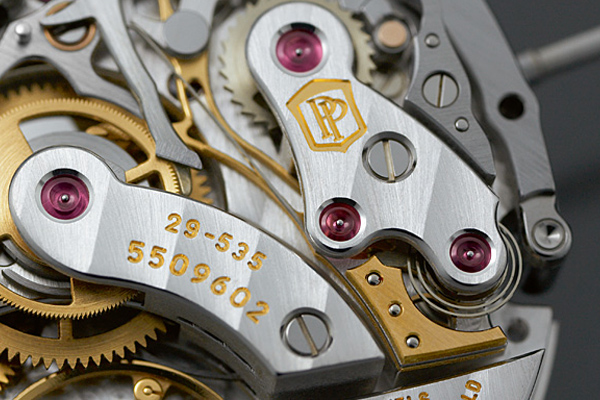
Patek Philippe has created internal legislative and executive bodies to set standards for the quality seal and to ensure their enforcement. The Patek Philippe Seal Committee defines the rules for the seal through a Technical Committee and an Aesthetic Committee. A Supervisory Authority monitors the observance of the rules in all Patek workshops. The Supervisory Authority reports to the PP Seal Committee. Philippe Stern and his son and designated successor, vice president Thierry Stern, have declared themselves the guardians of the Patek Philippe Seal. The two appear in a global ad campaign announcing the new seal and committing themselves to maintaining its standards. “We will spare no effort to assure that the emblem with the double ‘P’ continues to symbolize trustworthiness and the ultimate in watchmaking artistry — for this and all coming generations,” they declare in a signed statement in the ad.
One concern raised by some observers and not addressed formally by Patek is that, in dropping the Geneva Seal, it has dispensed with any independent verification of its quality. Whatever their faults, both the Geneva Seal Bureau and COSC offer independent validation of quality claims. When WatchTime raised the independent verification question separately with two Patek executives, each noted that the company has too much at stake to not enforce the seal’s rigorous standards. Moreover, they said, customers can themselves test the watches to see if they live up to the criteria of the Patek Philippe Seal.
The original article was published on watchtime.com and is republished here with permission.
Details of the Patek Philippe Seal (source: Patek Philippe)
Patek Philippe not only consummately masters all horological challenges, it is also unanimously appreciated for the exceptional quality and reliability of its timekeeping instruments. The company is a complete, vertically integrated manufacture that develops and produces its movements, cases, and most key exterior elements in-house. As an independent, privately owned business, Patek Philippe has always defined its own quality criteria, recognized by the entire watchmaking community as the strictest ever compiled.
The Patek Philippe Seal is a comprehensive emblem of excellence that applies to the completed and fully cased watch. It covers the movement, the case, the dial, the hands, the pushers and buttons, the straps and bracelets, the buckles and clasps, as well as all other components that contribute to the accuracy and aesthetic appeal of the watches. It takes technical, functional, and design-related aspects into account and also covers the visual appearance of the watch, its rate accuracy and dependability, as well as the quality of the customer service to which its owner is entitled. It encompasses the entire know-how and the unique facets that govern the development, production and long-term maintenance of an exceptional timepiece.
The Watch
- The production of a Patek Philippe timepiece surpasses all conventional standards. Every single detail is taken into consideration to achieve the best conceivable result with respect to quality, beauty, rate accuracy, and reliability. All the elements of a timepiece – including the movement, the inside and outside of the case, the dial, push pieces, and crowns, etc. – must be crafted to perfection and immaculately finished.
- True to all horological skills and abilities accrued by Patek Philippe, the watches are developed, produced, and completed in compliance with the best principles of traditional watchmaking prowess.
- The appearance of all watch components is systematically assessed throughout the entire manufacturing process. Finished watches are subject to 100% scrutiny.
- In the course of various levels of completion, the rate accuracy of Patek Philippe watches is tested in both raw and fully cased movements. The final check of rate accuracy is performed with kinetic simulators and the results must be in line with the following Patek Philippe precision benchmarks: For calibers with diameters of 20 mm or more, the rate accuracy must lie within the range of -3 and +2 seconds per 24 hours. For calibers with diameters of less than 20 mm, the rate accuracy must lie within the range of -5 and +4 seconds per 24 hours.
- The sound of all minute repeaters is tested with acoustic instrumentation and then must be approved by Philippe Stern and or Thierry Stern. The acoustic signatures of all watches have been archived since 2003.
- Regardless of the intensity of deburring and polishing operations, the form and aspect of all parts (movement and exterior elements) must be preserved. Every finished case and bracelet, no matter how complex its geometry or which finishing methods are applied, must reflect the underlying design template. Sharp edges will not be tolerated. The finished watches shall be as thin as possible under consideration of all measures implemented to optimize their technical performance and their energy efficiency.
The Exterior elements
- Diamonds must comply with strict quality criteria, be internally flawless, conform to the Top Wesselton color specifications and exhibit an immaculate cut. Only the right proportions, impeccable symmetry, and perfect faceting will bring out the brilliance and fire of diamonds. All precious stones must be set vertically, axially parallel and in the same height. Each stone must be securely set. All stones are set in line with the master jeweler’s art and never adhesively bonded.
- The applied numerals and/or markers are made of gold and mechanically secured to guarantee maximum longevity. The hands are crafted from gold. Other hand materials are allowed only if special technical or aesthetic considerations so require. Displays are always configured in ways that assure optimized legibility. This applies to paved dials as well.
The Movement
- To qualify for the Patek Philippe Seal, a movement must fulfill many strict requirements with respect to its technical assets and its finishing. Compliance with this criterion results in masterpieces that are admired by knowledgeable connoisseurs for their outstanding functionality, long-term reliability, superior rate accuracy and peerless beauty.
- The flanks of steel parts must be satin-finished, their angles and sinks polished. The visible surfaces must be smoothed except for the regulator assembly, which must be polished. Screw heads must be polished or circular grained, their circumferences and slots chamfered.
- The bearing jewels in every movement must have polished holes, especially in going trains as well as in specific self-winding wheel trains and escapements. The jewels on the bridge side must be rounded and have polished sinks except in cases where this would jeopardize their secure fit. In addition to bearing jewels, all systems that improve the rotation of pivots are permissible.
- All exterior surfaces of the spring barrel and barrel cover as well as the ratchet, the crown wheel and all round components must be meticulously finished.The tooth flanks of steel wheels are to be polished with wooden wheels.
- The upper sides of all bridges must be decorated and provided with polished chamfers and sinks. The undersides and flanks of the bridges must be meticulously finished. The contact surfaces are precision-machined and have angled edges. The surfaces of the main and any secondary plates are decorated with circular graining. The full-height plate cut-outs are chamfered, the sinks polished.
- The balance spring must be mechanically attached in a manner that is perfectly true in the flat and in the round. The attachment must guarantee that the spring withstands shocks pursuant to the NIHS standard. Rate accuracy adjustments must act on the inertia of the balance wheel assembly. Regulators with index pointers or slots are also permitted if they incorporate a steadying device, except in ultra-thin calibers where such regulators are not required. In conventional balance wheels, the rim must be chamfered and diamond-polished. The spokes must be sandblasted or circular grained on the top side. The spokes and the rim must be meticulously finished on the bottom side.
- The winding rotors must be made of a precious metal and shall be decorated.

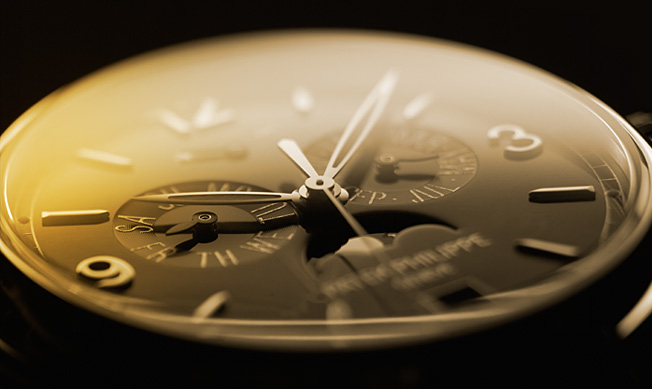

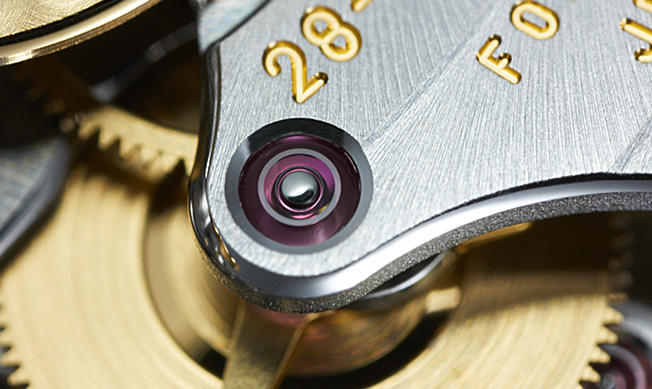
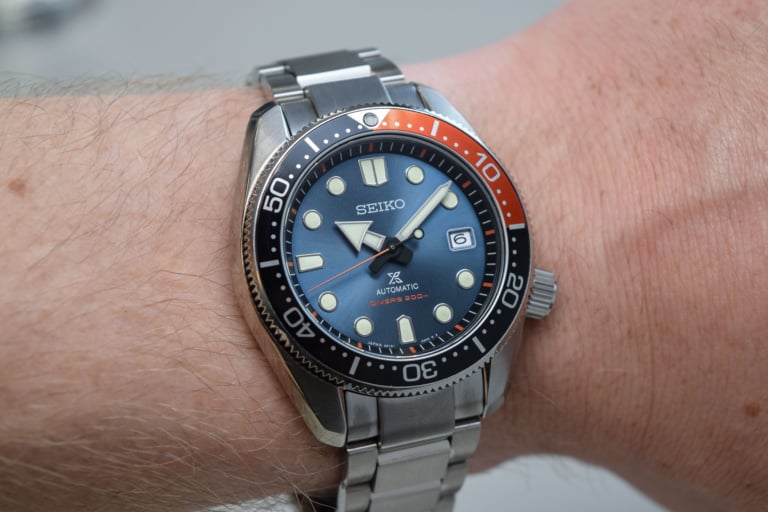
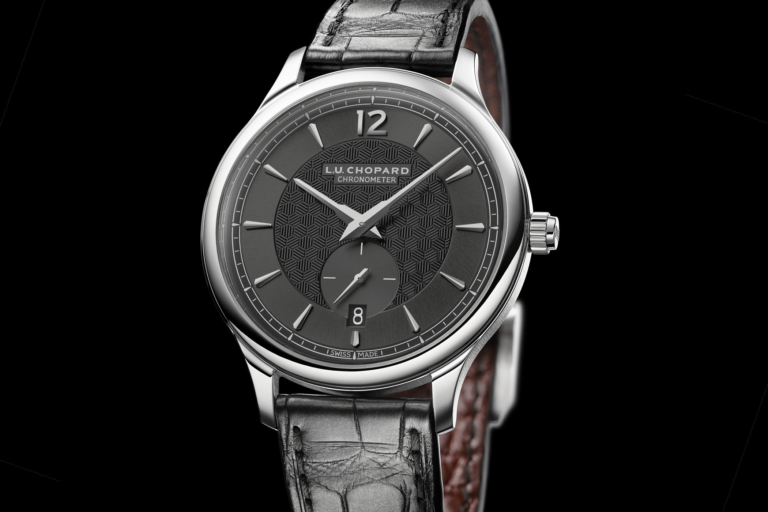
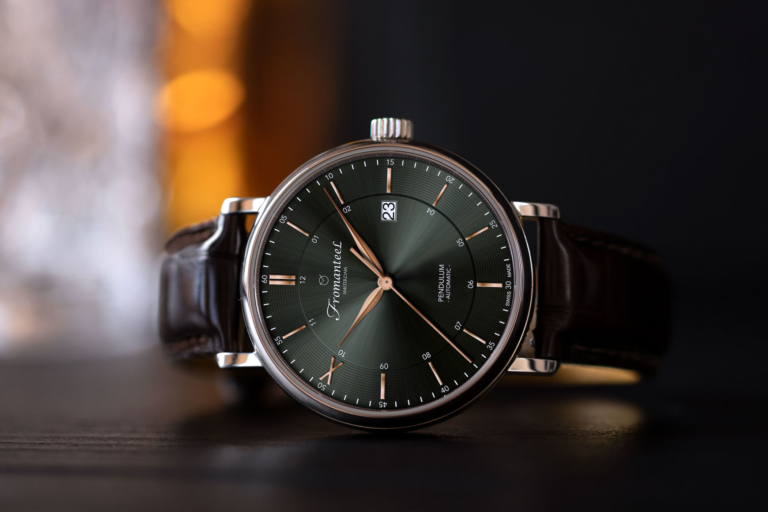
1 response
Strange. This is old article, why should you public it now?
Philippe Stern is retired for few years, and Thierry not a Vice President anymore. Geneva seal was updated completely.